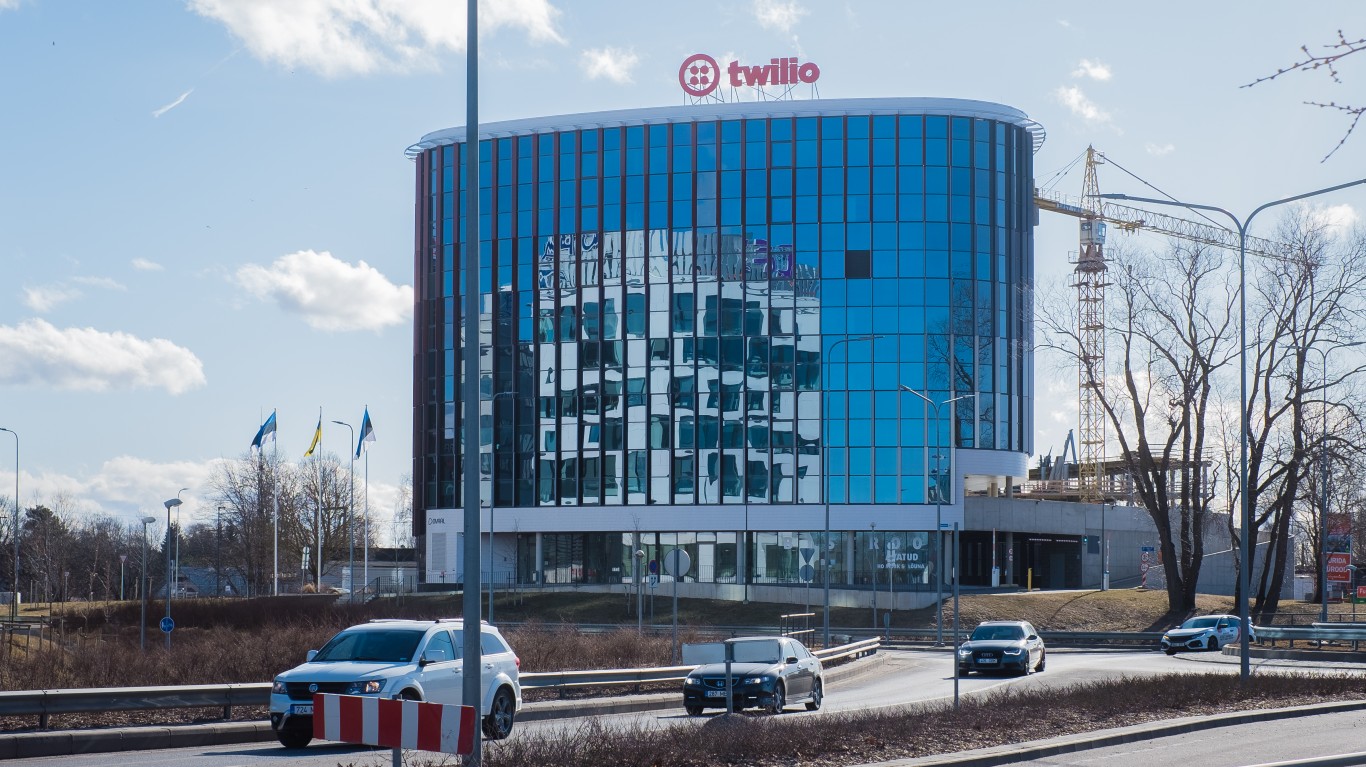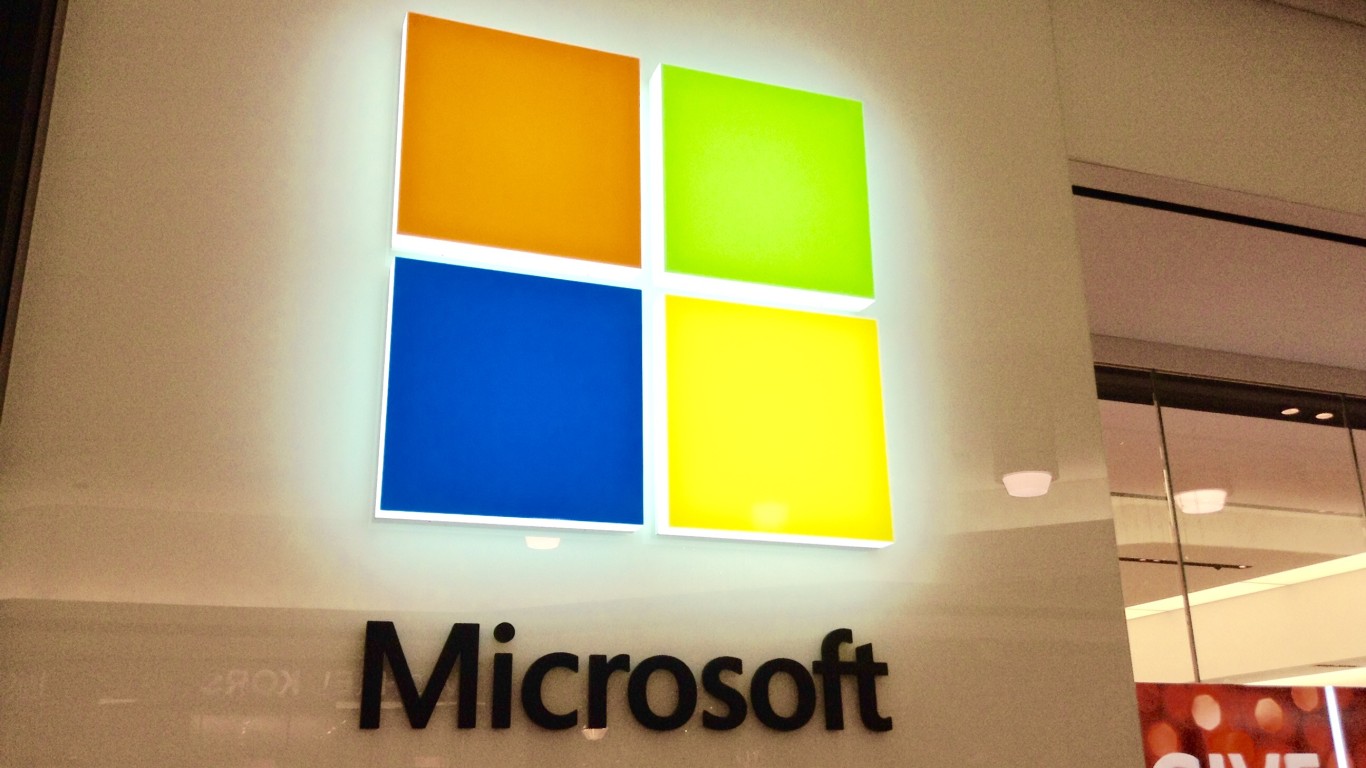Get ready for big changes to how new research reports will be issued from Wall Street firms. While this will not impact any of the hot IPOs of the past, it turns out that investors are soon going to be able to get research reports after an initial public offering or after a secondary offering much faster than in years past. This week was marred by market panic selling followed by panic buying, but a key change was again made to how research departments and their analysts are monitored on Wall Street. Some of the issues seem straightforward, but other aspects may seem odd.
The Securities and Exchange Commission has approved the adoption of FINRA Rule 2241, which applies to research analysts and research reports and aims to further address conflicts of interest relating to the publication and distribution of equity research reports. Provisions of the new Rule become effective September 25, 2015, or December 24, 2015.
Much of the Rule deals with conflicts of interest, communications, and other aspects of research departments’ ties to brokerage and investment banking operation. Still, what will likely stand out the most to investors is how much faster analyst reports will be coming out after IPOs and secondary offerings if they are in the underwriting syndicate.
The FINRA announcement and documentation said:
The rule modifies the quiet periods after an initial public offering (IPO) or secondary offering and before and after the expiration, waiver or termination of a lock-up agreement. Rule 2241(b)(2)(I) requires that the written policies and procedures define quiet periods of a minimum of 10 days following the date of an IPO, and a minimum of three days following the date of a secondary offering, during which the member must not publish or otherwise distribute research reports, and research analysts must not make public appearances, relating to the issuer if the member has participated as an underwriter or dealer in the IPO or, with respect to the quiet periods after a secondary offering, acted as a manager or co-manager of that offering. FINRA interprets the date of the offering to be the later of the effective date of the registration statement or the first date on which the securities were bona fide offered to the public.
What this means is that the current 40-day and 25-day IPO quiet periods will be cut down in time to a minimum of 10 days after the date of the offering for any firms in an underwriting group. It also reduces the 10-day secondary offering quiet period down to a 3-day quiet period. Exceptions are as follows, verbatim:
The rule maintains exceptions to the quiet periods for research reports or public appearances concerning the effects of significant news or a significant event on the subject company and, for secondary offerings, research reports or public appearances pursuant to Securities Act Rule 139 regarding a subject company with “actively-traded securities.” The rule also eliminates the current quiet periods 15 days before and after the expiration, waiver or termination of a lock-up agreement.
What matters ahead is really going to be around hot IPOs and around big secondary offerings that impact share prices. Wall Street analysts will be making new research calls much sooner than most of us have seen in recent years.
ALSO READ: Full IPO & Secondary Coverage From 24/7 Wall St.
Take Charge of Your Retirement In Just A Few Minutes (Sponsor)
Retirement planning doesn’t have to feel overwhelming. The key is finding expert guidance—and SmartAsset’s made it easier than ever for you to connect with a vetted financial advisor.
Here’s how it works:
- Answer a Few Simple Questions. Tell us a bit about your goals and preferences—it only takes a few minutes!
- Get Matched with Vetted Advisors Our smart tool matches you with up to three pre-screened, vetted advisors who serve your area and are held to a fiduciary standard to act in your best interests. Click here to begin
- Choose Your Fit Review their profiles, schedule an introductory call (or meet in person), and select the advisor who feel is right for you.
Why wait? Start building the retirement you’ve always dreamed of. Click here to get started today!
Thank you for reading! Have some feedback for us?
Contact the 24/7 Wall St. editorial team.





